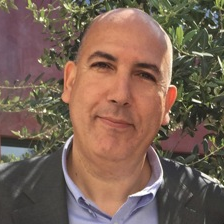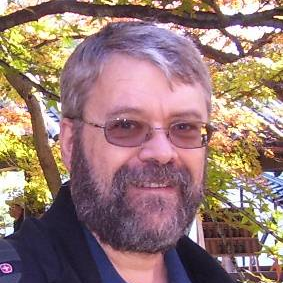Feature Papers to Celebrate Molecules Reaches 20,000 Articles Milestone
A special issue of Molecules (ISSN 1420-3049).
Deadline for manuscript submissions: closed (30 June 2020) | Viewed by 80035
Special Issue Editors
Interests: green extraction; alternative solvents; innovative technologies; original procedures; microwave; ultrasound; intensification
Special Issues, Collections and Topics in MDPI journals
Interests: multitarget anti-Alzheimer agents; hybrid compounds; cholinesterase inhibitors; amyloid anti-aggregating compounds; BACE-1 inhibitors; antiprotozoan compounds
Special Issues, Collections and Topics in MDPI journals
Interests: capillary electrophoresis; liquid chromatography; mass spectrometry; sample concentration; green sample preparation
Special Issues, Collections and Topics in MDPI journals
Interests: computational chemistry; quantum mechanics/molecular mechanics; molecular dynamics; docking; catalysis; enzymology; thermochemistry; reaction mechanisms; sulfur biochemistry
Special Issues, Collections and Topics in MDPI journals
Interests: organic chemistry, synthesis, mechanisms; fluoro-organic chemistry, fluorine-containing pharmaceuticals and medicinal formulations; amino acids and peptides; neuro-chemistry; self-disproportionation of enantiomers; astrochemistry and origin of prebiotic homo-chirality
Special Issues, Collections and Topics in MDPI journals
Interests: organic, organometallic, and medicinal chemistry; organic synthesis; nucleosides; heterocycles; alkynes; fluorine and fluorous; cycloisomerizations; cyclizations
Special Issues, Collections and Topics in MDPI journals
Interests: organic synthesis; medicinal chemistry; biotechnology
Interests: natural products; anti-parasitic activity; anti-cancer activity; structure elucidation; spectroscopy; computer-aided structure-activity relationship studies
Special Issues, Collections and Topics in MDPI journals
Interests: drug discovery; glycobiology; chemoenzymatic transformations; chemical virology; infectious diseases; cancer
Special Issues, Collections and Topics in MDPI journals
Special Issue Information
Dear Colleagues,
To celebrate the recent publication of Molecules’ 20,000th paper, the journal’s Editor in Chief and Guest Editors have teamed up to invite researchers in all the areas of interest covered by Molecules to submit their original research or review articles of the highest quality to celebrate with our readers on this special occasion.
Prof. Dr. Farid Chemat
Prof. Dr. Diego Muñoz-Torrero
Dr. Joselito P. Quirino
Dr. James W. Gauld
Prof. Dr. Vadim A. Soloshonok
Prof. Roman Dembinski
Dr. Derek J. McPhee
Dr. Thomas J. Schmidt
Prof. Mark von Itzstein
Guest Editors
Manuscript Submission Information
Manuscripts should be submitted online at www.mdpi.com by registering and logging in to this website. Once you are registered, click here to go to the submission form. Manuscripts can be submitted until the deadline. All submissions that pass pre-check are peer-reviewed. Accepted papers will be published continuously in the journal (as soon as accepted) and will be listed together on the special issue website. Research articles, review articles as well as short communications are invited. For planned papers, a title and short abstract (about 100 words) can be sent to the Editorial Office for announcement on this website.
Submitted manuscripts should not have been published previously, nor be under consideration for publication elsewhere (except conference proceedings papers). All manuscripts are thoroughly refereed through a single-blind peer-review process. A guide for authors and other relevant information for submission of manuscripts is available on the Instructions for Authors page. Molecules is an international peer-reviewed open access semimonthly journal published by MDPI.
Please visit the Instructions for Authors page before submitting a manuscript. The Article Processing Charge (APC) for publication in this open access journal is 2700 CHF (Swiss Francs). Submitted papers should be well formatted and use good English. Authors may use MDPI's English editing service prior to publication or during author revisions.
Benefits of Publishing in a Special Issue
- Ease of navigation: Grouping papers by topic helps scholars navigate broad scope journals more efficiently.
- Greater discoverability: Special Issues support the reach and impact of scientific research. Articles in Special Issues are more discoverable and cited more frequently.
- Expansion of research network: Special Issues facilitate connections among authors, fostering scientific collaborations.
- External promotion: Articles in Special Issues are often promoted through the journal's social media, increasing their visibility.
- e-Book format: Special Issues with more than 10 articles can be published as dedicated e-books, ensuring wide and rapid dissemination.
Further information on MDPI's Special Issue polices can be found here.













